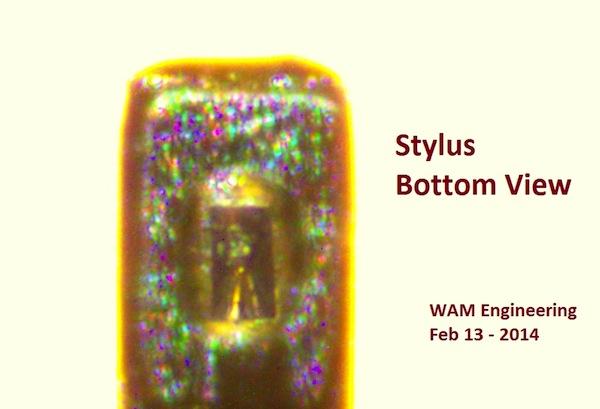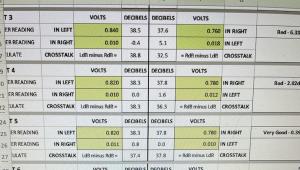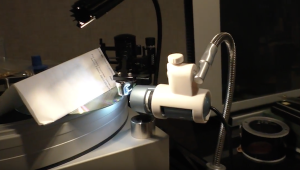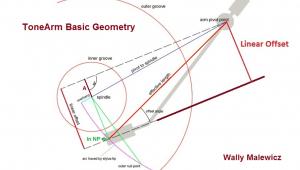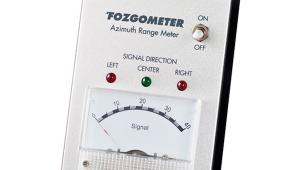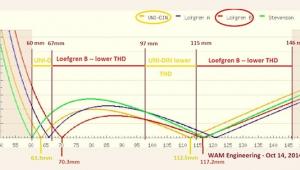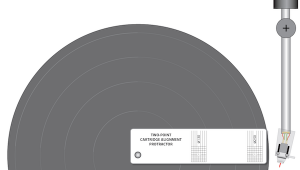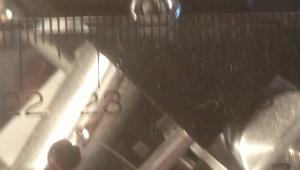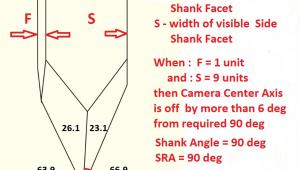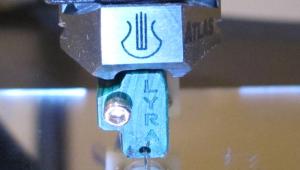Michael;
You raise some questions of manufacturing.
Everything realized by man is subject to error. The question isn't, "does an error exist"? It does. Rather it is, "how much error is acceptable"?
To me it appears that the stylus tip is misaligned with the cantilever by roughly one degree.
- How much error is incurred when we align a cartridge on the tonearm using commonly available alignement tools?
- How does this error compare to the error seen above?
- Does the manufacturer control this facet of production (they should!)?
- If so, what is the spec?
- Does this part meet spec?
- How does their ability to measure the alignment error compare with the error seen above? Or, what is the error in their measurement system?
- Is a one degree error acceptable?
- Can we hear it?
Some thoughts
Vince
